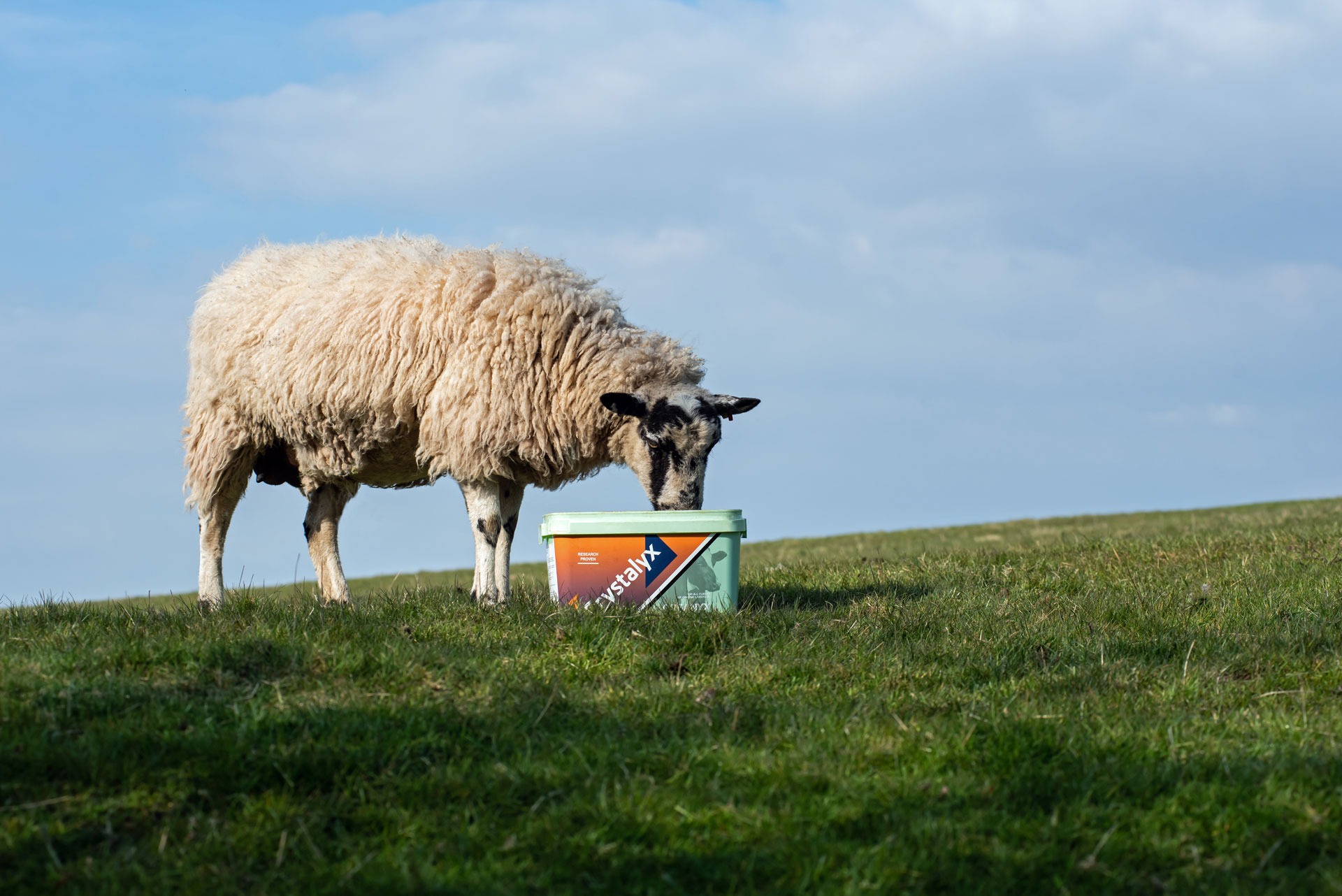If you know anything about organic production, you’ll know that sourcing a cost-effective organic feed can be tricky. But organic feed doesn’t have to compromise performance, and it doesn’t have to be pricey either!
Over the last decade, human health, environmental sustainability, and animal welfare have driven the demand for organic food production.
This growing demand has driven up the price premium that farmers can earn for their organic produce. For example, Organic Herd (formerly Omsco) recently announced a 3% increase in milk prices, raising the standard contract rate to 57.68ppl as of April.
With this, the Soil Association recently reported that the conversion of land to organic farming doubled in 2024. It is a similar story in Ireland, as land farmed organically jumped from 1.6% of land area in 2020 to approximately 5% in 2024.
At present, much of the demand for organic food is met through imports. However, these trends signal a promising shift, indicating that British and Irish farming is moving toward reducing its dependence on imported organic produce.
Overcoming The Drawbacks
In the UK and Ireland, 60% of the organic ruminant diet must come from grazing and forage. Organic farms must also focus on preventative healthcare through supplying livestock with a balanced diet along with comfortable housing and ‘natural’ remedies.
These strict regulations, however, can pose a challenge to health, production, and profitability on any organic farm. And there are several practical challenges to work around:
- Lower permitted stocking densities and higher costs of production
- Strict land management and animal husbandry regulations and certifications
- Limited ability to use synthetic antibiotics, medicines and parasite control
- Accessing organic feed, which is typically more expensive
- Longer growth periods and lower milk yields
Most of these challenges can be influenced by the organic feed chosen. For example, a good organic feed can reduce the risk of health challenges requiring treatment, and enable ruminants to make better use of the grass-based diet.
Organic Feed and Fly Control
Organic livestock supplementation is required when, for example:
- Forage is deficient in minerals and trace elements, particularly in fast-growing spring grass and in silages with a low D-value
- Grass is high in energy, low in dry matter, and has fluctuating sugar levels (i.e. spring grazing), impacting on the digestive system
- Animals are pressured by factors such as breeding, tupping, calving, or lambing
Crystalyx has two feed licks that are certified as an ‘approved livestock feed’ by the Soil Association – Crystalyx Organyx Plus and Crystalyx Organyx Garlic.
Suitable for cattle and sheep, all breeds, ages, and seasons, both these organic feed licks balance the diet with a consistent intake of dry matter, sugar, minerals and trace elements.
| Feature | Benefit |
| Minerals and trace elements | Balance deficiencies in grazing grass that can lead to an array of health and production challenges. |
| Sugar from molasses | Helps maintain a healthy rumen pH on grazing grass, stimulating forage intakes and digestibility. |
| Zinc | Maintain skin integrity and strength to further guard against biting insects. |
| Garlic | The natural high sulphur compounds in garlic act as an insect repellent which ward off flies and other biting insects. |
Feeding The Rumen: Why It’s So Important
Cattle and sheep are walking fermentation vats. Living inside these rumen vats are rumen bugs who have a few needs to perform at their best. Most notably, rumen bugs require a stable environment and a regular supply of organic feed.
Crystalyx is highly palatable and has to be licked, meaning that livestock get a regular supply of highly fermentable sugars to the rumen. This increases the number of rumen bugs which speeds up the rate of digestion by up to 10% and dry matter intake by as much as 15%.

Is Crystalyx Everything It’s Hyped Up To Be?!
Perhaps most critically from a margin-from-feed perspective, Crystalyx is manufactured using a unique technique that creates a hard crystalline structure.
Cooked for around 1.25 hours in 3 different stages – making Crystalyx is like cooking in a slow cooker rather than a frying pan. This results in a consistent and naturally-hardened mineralised feed lick, similar to treacle toffee.
Intakes are therefore regulated to optimal levels, meaning that Crystalyx can last up to 3X longer than many other feed lick buckets on the market.
Sign up for updates
Keep up-to-date with our latest news, advice and offers by signing up to our mailing list.


